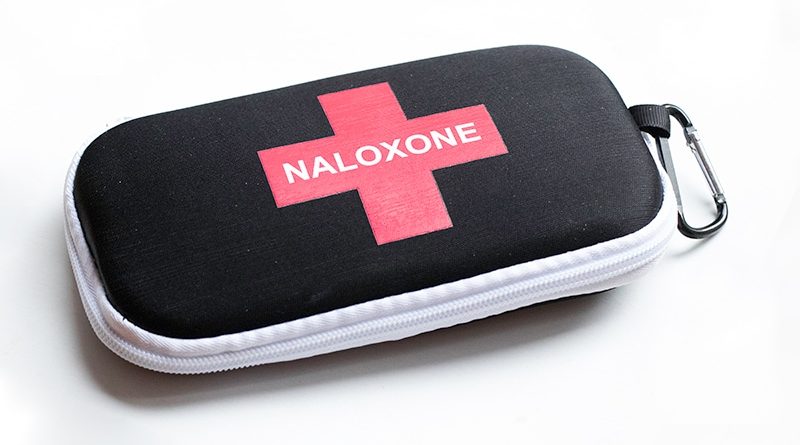nifedical xl 30 mg side effects
Patients presenting at the emergency department with an overdose of a nonfentanyl opioid — referred to as a “novel potent opioid” (NPO) — require more naloxone compared with those who overdose on fentanyl, new research shows.
The study also showed overdose of one of these NPOs, metonitazene, para que es el benadryl involved cardiac arrest and death at a higher rate than those involving other substances.
The results illustrate the drug supply now includes these novel synthetic drugs and patients who overdose on them might need higher doses or more doses of naloxone, lead author Alexandra Amaducci, DO, emergency medicine physician and medical toxicologist, Lehigh Valley Health Network-University of South Florida Morsani College of Medicine, Allentown, Pennsylvania, told Medscape Medial News.
“Doctors should be aware this class of medications exists and patients presenting with a related overdose might be sicker than what they typically have been used to in [their] career,” she said.
The findings were published online August 29 in JAMA Network Open.
High Potency
Synthetic opioids — drugs made in the lab that are chemically different from morphine, heroin, and fentanyl — are one of the fastest-growing classes of opioids detected in patients with opioid overdose. They were first detected only 5 or 6 years ago, said Amaducci.
Evidence suggests that NPOs, which in addition to metonitazene include isotonitazene, N-piperidinyl etonitazene, and brorphine, have high potency at the μ-opioid receptor and a propensity for adverse health effects.
“In the lab, we could determine these opioids were much stronger than heroin and fentanyl; however, we wanted to know what that means for a patient,” said Amaducci.
The study was a subgroup analysis of the Toxicology Investigators Consortium (ToxIC) Fentalog, a multicenter study investigating nonfatal opioid overdose.
Of 537 participants with laboratory testing, nine (1.7%) were positive for brorphine, isotonitazene, metonitazene, or N-piperidinyl etonitazene (NPO group), and 11 (2.0%) were positive for fentanyl without other opioids (fentanyl group).
The fentanyl-only group was younger than the NPO group (mean age 28.4 years vs 43.2 years), but had more men, whereas the NPO group had more women.
The NPO group received a higher mean number of naloxone boluses in-hospital compared with the fentanyl group (1.33 vs 0.36; P = .02), which corresponded with a moderately large effect size (Cohen d = 0.78).
Most patients with overdoses that involved an NPO received two or more naloxone doses, whereas most patients with overdoses from fentanyl only needed a single dose.
Clinical Toxicity
The two cases of metonitazene overdose had a mean of 3.0 naloxone doses; both presented in cardiac arrest and one patient died. This suggests metonitazene has the most severe clinical toxicity.
The results showed these NPOs may have higher potency than fentanyl and heroin, “which means it takes a smaller amount to have the same effect,” and they “have the potential to more easily cause an overdose,” said Amaducci.
The requirement for multiple naloxone doses differs from the situation with other opioids, she said. “Five or 10 years ago, if patients used heroin, you could give them one dose of naloxone and they would be revived; they would wake up and start breathing again. We’re finding that’s not the case with these NPOs, that patients are needing more and more doses of the naloxone to overcome the effect.”
These preliminary data underscore the urgent need to study NPOs in a larger, future cohort, say the authors.
In addition to reaching providers, it’s important to educate the general public as well as police, EMS, and firefighters, who may be the first to encounter an overdose case involving NPOs, said Amaducci.
Concerning and Timely
Commenting for Medscape Medical News, Smita Das, MD, PhD, MPH, chair, Council on Addiction Psychiatry, American Psychiatric Association, and clinical associate professor, psychiatry and behavioral sciences, Stanford University, California, said the study brings up a “concerning and timely” topic.
“While the numbers are currently small in the study, the article highlights a potentially under-recognized risk: newer or even re-emerging substances that can increase risk of overdose,” she said.
Das noted that nitazenes are a class of synthetic opioids, developed in the 1950s but never approved for human use, that have recently been emerging — often unknown to the user — in drug supplies.
She noted many people in the nitazene group of the study believed they were using heroin, illustrating that “people are not aware of what’s in their drug supply.”
For Das, an important takeaway from the study is that the patients whose overdose involved nitazene required more naloxone. Clinicians and the public should be aware that it’s increasingly the case that “a single naloxone dose is not enough,” she said.
Das stressed the importance of considering alternative explanations when a patient exhibits overdose and does not test positive for fentanyl or has unexpected symptoms.
She also emphasized that nitazenes are not detectable by personal testing strips, although they can be tested for at harm reduction sites, for example, where drug testing is free and anonymous.
The study received support from the National Institute on Drug Abuse, National Institutes of Health. Amaducci and Das have reported no relevant financial relationships.
JAMA Netw Open. Published online August 29, 2023. Full text
For more Medscape Psychiatry news, join us on Facebook and Twitter.
Source: Read Full Article
